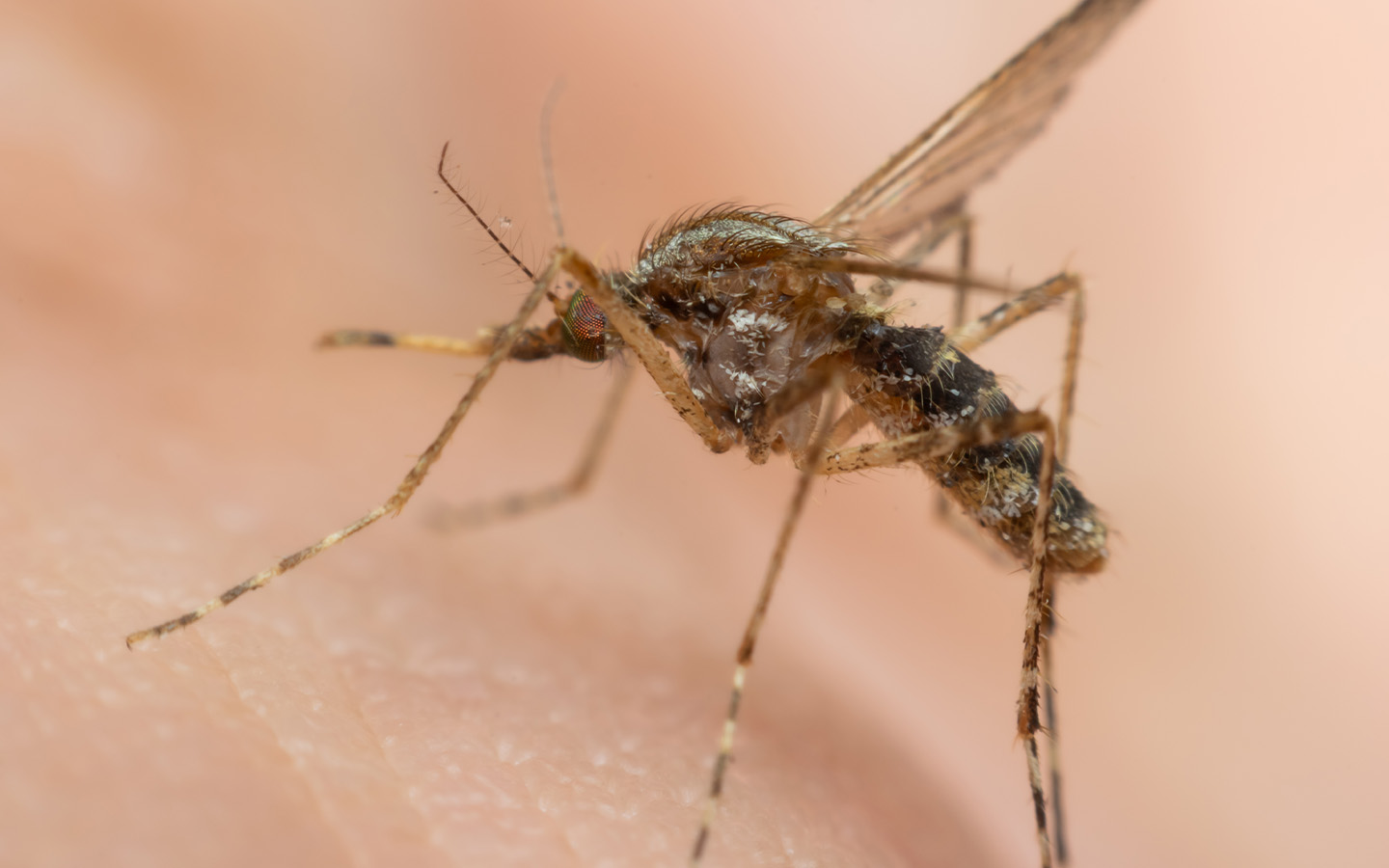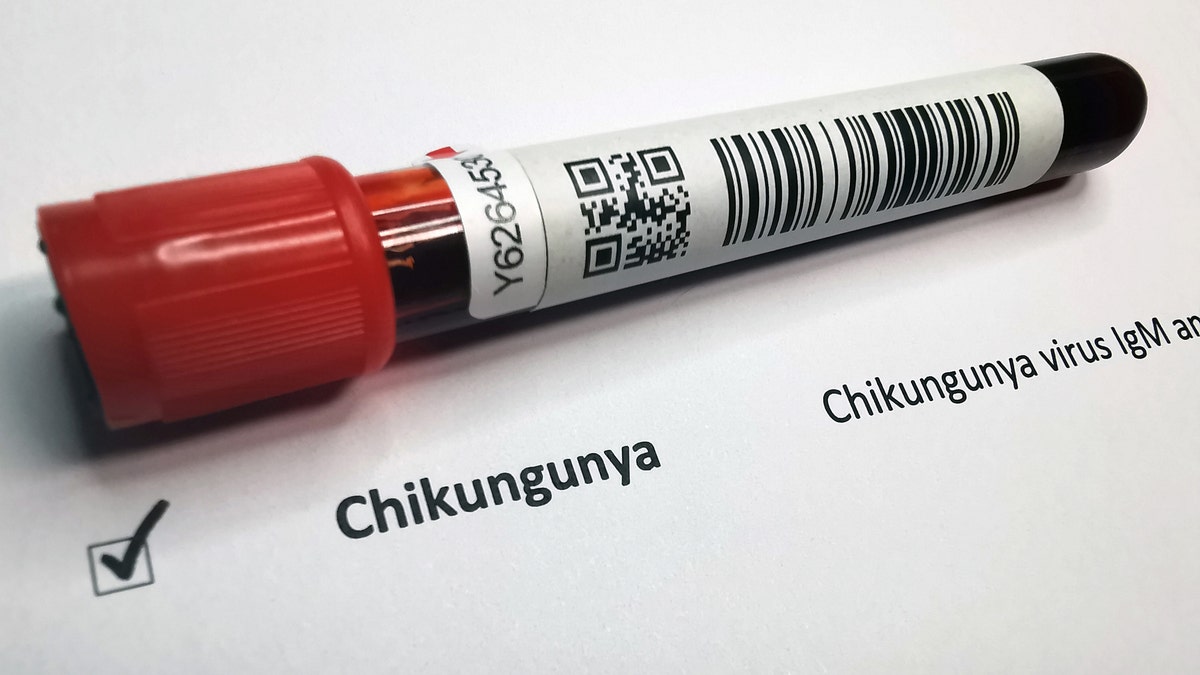Low battery
Battery level is below 20%. Connect charger soon.
Le chikungunya est une maladie virale transmise par les moustiques qui provoque de la fièvre et des douleurs articulaires sévères. So bereiten sich die bundesliga-teams vor 06. 08. 2025 bahn bleibt auf milliarden sitzen stuttgart-21-entscheidung soll laut bahn keine auswirkungen auf … El chikungunya (o fiebre chikungunya) es una enfermedad vírica transmitida por mosquitos cuyo agente etiológico es el virus chikungunya, un virus arn del género alphavirus, familia … Krankenhäuser sind überlastet. Cette maladie est causée par un virus à acide ribonucléique (arn) … Who fact sheet on chikungunya providing key facts and information on scope of the problem, who is at risk, prevention, who response. Dengue, chikungunya, zika, and yellow fever. · sommerfahrpläne 2025: · we would like to show you a description here but the site won’t allow us. · auerswald h, boussioux c, in s, et al. · le chikungunya a été identifié pour la première fois en tanzanie en 1952. · oropouche-virus ist weit verbreiteter als bisher angenommen, zeigt eine studie aus fünf lateinamerikanischen ländern. · what is chikungunya fever? · chikungunya virus (chikv) is a mosquito-borne virus primarily transmitted by aedes mosquitoes. Should i be worried about traveling with my family? Depuis 2004, on constate une propagation rapide du virus du chikungunya, ce dernier ayant été détecté … It is caused by a ribonucleic acid (rna) virus that belongs to the alphavirus genus of the … It causes acute illness characterized by fever, rash, and debilitating joint pain, with … It is spread by mosquitoes. · chikungunya is a mosquito-borne viral disease that causes fever and severe joint pain. · in nordchina breitet sich das humane metapneumovirus aus, besonders gefährlich für kinder und senioren. Chikungunya (chik-un-gun-yuh) fever is an illness caused by a virus. Broad and long-lasting immune protection against various chikungunya genotypes demonstrated by participants in a cross-sectional study … · the new who guidelines provide clinical management recommendations for four of the most widespread arboviruses affecting humans:




